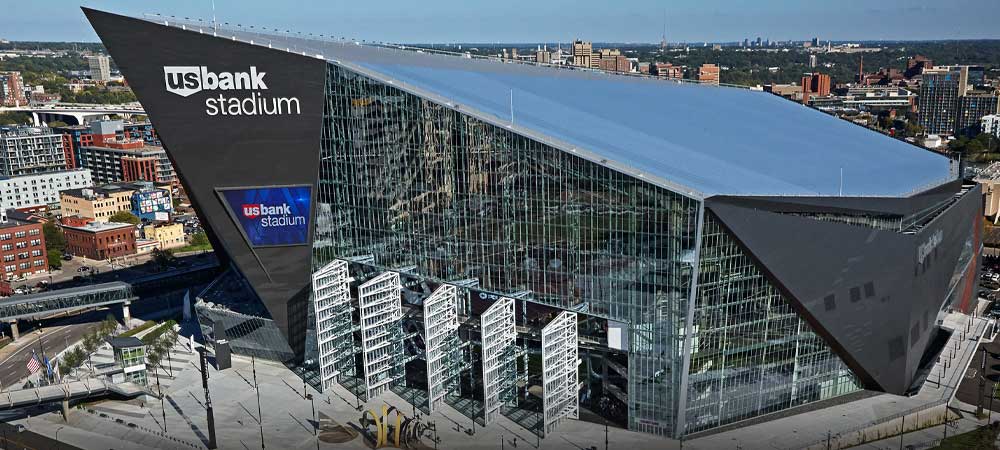- 2020’s NFL season saw games take place without crowds, leading many to conclude that home-field advantage was crowd-based.
- However, home-field advantage has been decreasing with each passing even before the 2020 pandemic.
- In 2021, many might expect a bounceback, but it’s unclear if this will happen.
LAS VEGAS - Fans will be back in stadiums in 2021, and that means that home-field advantage will matter more in the 2021-2022 NFL season. It seems clear to many after the 2020 season that the home-field advantage was a lesser factor without crowds of fans in the stands.
Only 12 teams in the NFL - less than half the league - had winning records against the spread at home in 2020.
Five more teams had 50/50 records ATS at home, and then 15 teams had losing records against the spread at home.
In other words, a few teams were hogging all of the home wins, while on average, home teams had trouble covering spreads. However, the question that 2020 raised for online gamblers is what the default spread should be - as many assumed that 2020 was an anomaly.
It wasn’t.
Home Spreads Have Been Trending Downward For Years
Traditionally, the spread for home teams has been -3.0 points, all else held equal. However, in recent years, that number has trended downward.
According to ESPN Stats and Info, 2020 was not an anomaly in terms of home teams not covering the spread - 14 of the last 17 years have seen home teams post mostly losing ATS records.
From 2015 to 2019, the average spread dropped by 18% - meaning sportsbooks have shortened home-field advantage, but teams are still not covering.
This seems to imply that the three-point spread might be a mild overestimation of the value of home-field advantage and that fans being back in the stadiums will not stop this downward trend for the average spread.
Is There An Edge To Be Found Here?
A 3-point spread has been the most common line from NFL sportsbooks since 2003, occurring 750 times. Home teams have won 54.4% of the time SU as -3.0 point favorites, posting a 237-199-0 record.
However, at a 2-point spread, that number drops to 49.1% straight up, as teams that are favored by two points have a record of 27-28 since 2003.
Bettors are unable to do much with this information, however, because at -3, the fact that the favored team wins 54% of the time on the moneyline falls within the implied probability of the NFL odds - so there’s no value on that line.
At -2, it appears as though bettors might as well just stay away from the moneyline altogether because they’ll be betting into what looks to be an even market at -110 odds - a coinflip bet with a losing edge.
But home teams that are favored at -2.5 have a 59.1% win rate on the moneyline. This means that there could conceivably be an edge for bettors, as 59.1% is outside of the implied odds by a small margin.
It remains unclear what predictive power this holds, as the data set in question is constantly changing with sportsbooks adapting to changes in the game and the nature of home-field advantage and its statistics.
It remains to be seen what the future could hold in terms of home field advantage, but what seems safe to pronounce is that whatever developments occur, the online sportsbooks will be on it far before most bettors are.
